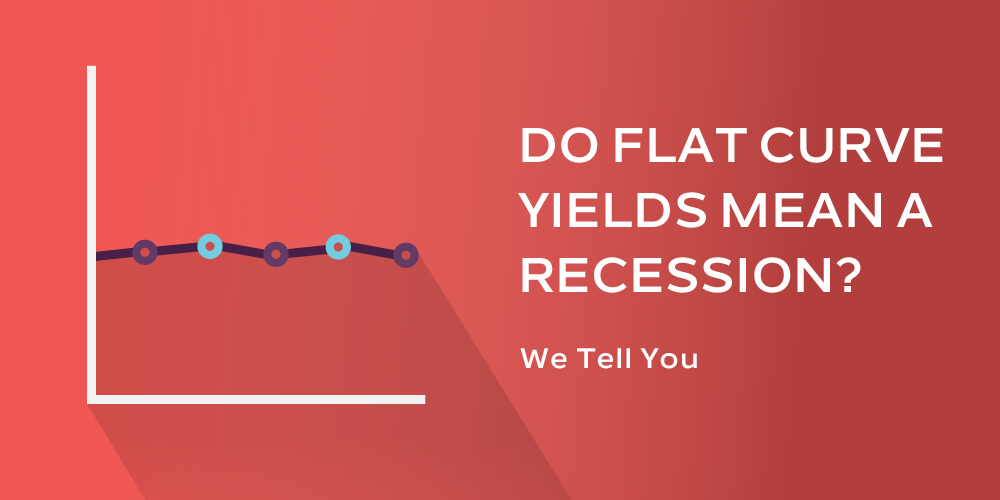
Equity market uncertainty and volatility have increased demand for US Treasury products. While the yield may be low, through significantly above global counterparts, safety and certainty are premium to pay for.
Prices in the ten-year note (TNX) futures contracts have been pushed to levels not seen since 2013. As prices rise, the payoff yield falls.
The TNX yield had fallen more than half a percent in just a few weeks. The drop was significant from 2.25% to under 1.75% as rates seemingly limited downside to zero (negative rates however are now commonplace around the world).
Typically, interest rates climb as you go out in time as it only makes sense that the long term investments should pay more as a reward.
The 30 day federal funds, which is directly managed by Federal Reserve action, is a lever of monetary policy to speed or slow economic growth. From there 1 year, 2 year or 5 year instruments have stair-stepped interest rates.
The slope of this climb in the yield curve is an important indicator of economic health. Flattening or inversion when longer dated rates move below shorted dated can be a recession signal.
According to Wall Street Journal data, before the last seven recessions short term yields climbed above long term rates. An old street saying is that this indicator has called a recession twelve out of the last seven times as often is a false alert.
An inversion occurred on the short end of the yield curve in February with one year treasuries yields trading briefly below six month paper.
A recent flattening of the curve has been the more typical variety where long term rates have been hammered in the highly watched ten year maturity. The spread between the 30 day and ten year has been shrinking as the yield curve flattens.
A compressed rate structure inherently squeezes the differentials between duration. Until rates are more normalized, the lack of slope in the yield curve is reality, not necessarily a red flag.
Historical lows in the ten-year note were below 1.40% in 2012. A plunge below that base would reflect the fact that the economy is off the tracks.











